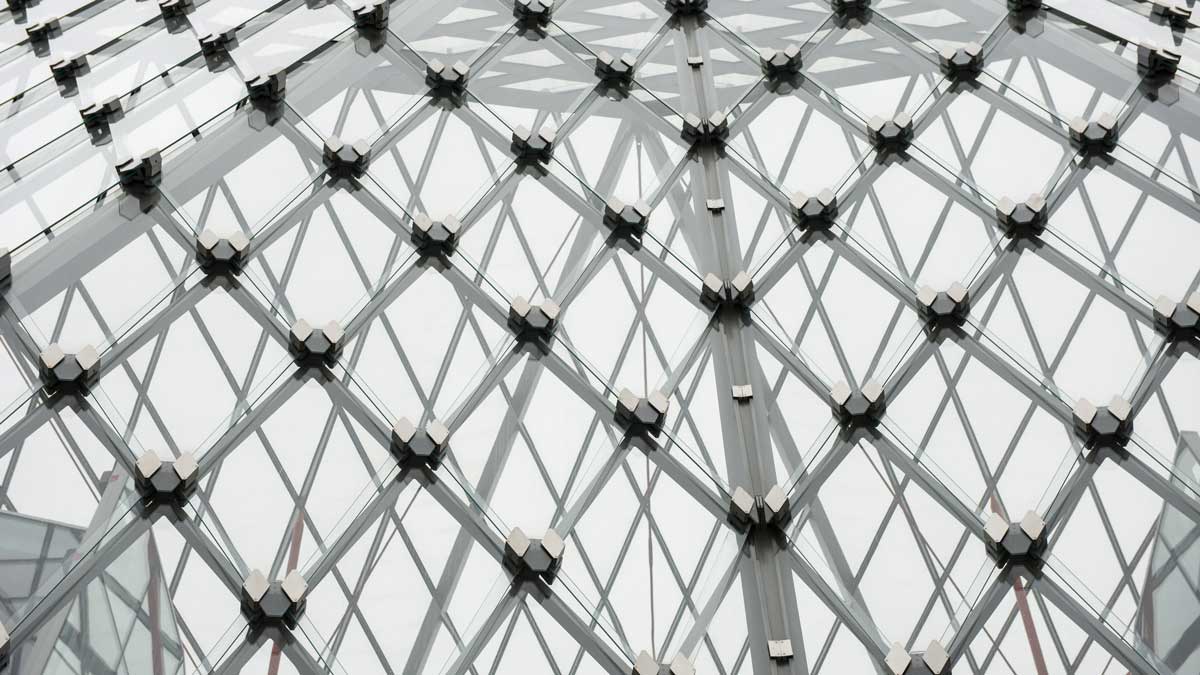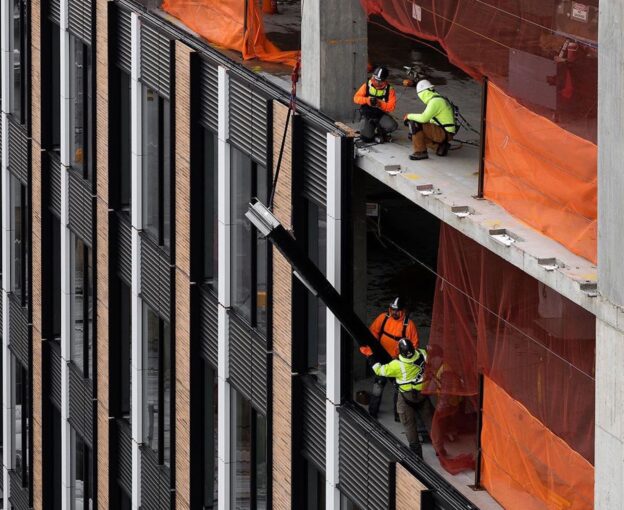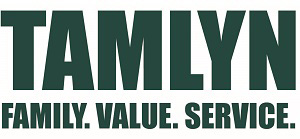From a distance, today’s building innovations in cladding performance, aesthetics, and construction appear unconstrained and quite varied. Material mixing is creating newly expressive façades, and performance standards for solar heating, air infiltration, and moisture management are more effective than ever before. Increased use of rainscreens and new fabrication innovations, including engineered precast systems, contribute to surprising new enclosure designs backed by better solutions to ensure continuous insulation (CI) and properly installed and structurally supported air barriers. Technically, today’s building teams are producing passive designs and sustainable solutions that are more effective than ever, often with renewable materials that better withstand climate stressors while committing less embodied carbon. It sounds good. Yet, just as this is happening, building teams are facing unprecedented price pressures and supply chain issues that necessitate rapid, creative solutions.
LEARNING OBJECTIVES
After reading this article, you should be able to:
- Discuss supply challenges related to cladding materials and potential solutions building teams are employing
- List four or more cladding material choices and their relative benefits and limitations for cladding assemblies
- Describe building design and construction methods that have been used for cladding solutions, including rainscreens
- Explain how project team experiences in high-performing building design have affected the choice of cladding solutions or delivery methods, such as enclosure commissioning









